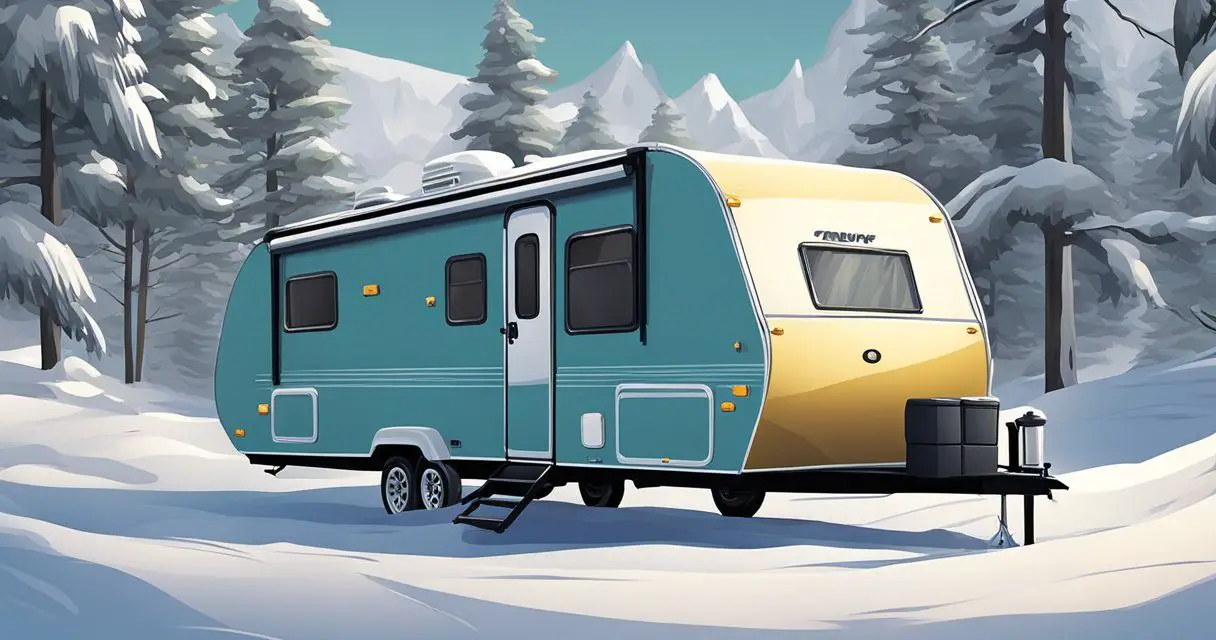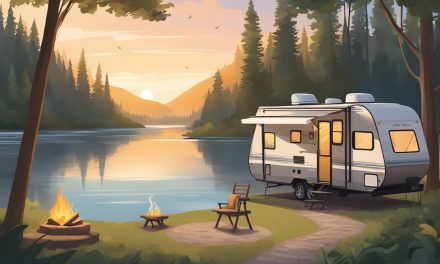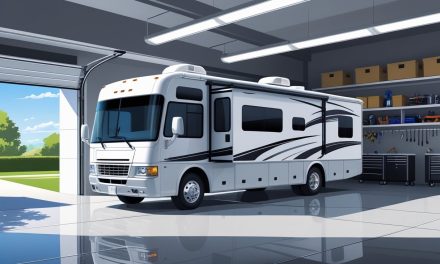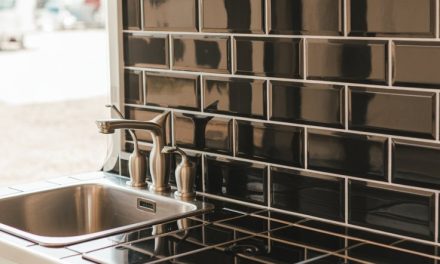Would you like to save this article?
As the days grow shorter and the temperatures start to drop, it’s time to prepare your travel trailer for the harsh winter months ahead. Winterizing your travel trailer is essential to prevent costly damages caused by freezing water in your plumbing system.
Whether you’re a seasoned camper or a newbie, making sure your trailer is ready for winter can seem daunting. However, with a few simple steps, you can protect your investment and ensure it’s ready to hit the road again when the weather warms up. The video below breaks down the process into easy-to-follow steps.
1. Drain Your Freshwater Tank
The first step in winterizing your travel trailer is to drain the freshwater tank. “Open that up, let it drain all the way, get everything out of there. We don’t want it freezing,” advises the host. This step is crucial to prevent any leftover water from freezing and causing damage. And let’s be honest, who wants to deal with a burst water tank in the middle of winter? Not me, that’s for sure!
2. Locate and Open Low Point Drains
Next, you’ll need to find your low point drains, usually located at the back of the rig. “This is where the vice grips are going to come in handy,” the host mentions. Opening these drains will help get rid of any remaining water in the lines. Just make sure you don’t lose the caps—unless you want to play a fun game of ‘find the missing cap’ in the snow later!
3. Drain the Hot Water Tank
After the low point drains, it’s time to drain the hot water tank. “Open the relief valve like so,” the host instructs. This step is essential to ensure no water is left to freeze inside the tank. And remember, don’t do this if your hot water tank has been running—unless you enjoy a surprise steam facial!
4. Bypass the Hot Water Tank
Once the water is drained, you’ll need to bypass the hot water tank. “On a Coleman, we have two valves,” the host explains. Bypassing the tank prevents antifreeze from entering it. Because let’s face it, no one wants to drink pink water come springtime.
5. Bypass the Freshwater Pump
The next step involves bypassing the freshwater pump. “You should be able to locate it wherever that may be in your unit,” says the host. This allows you to feed antifreeze directly into the system. And if you’re like the host, who’s been meaning to replace his hose for years, now might be a good time to do it—unless you enjoy living on the edge.
6. Run Antifreeze Through the System
With the pump bypassed, it’s time to run antifreeze through the system. “Run it till you see pink,” the host advises. This includes all faucets, showers, and toilets. Seeing pink in your water lines is the only time you’ll be happy about something going pink in your life, trust me!
7. Final Steps and Cleanup
Finally, put everything back together and pour a little antifreeze down each P-trap. “The last thing I like to do is put a little bit inside the shower here,” the host suggests. This step ensures any remaining water won’t freeze and cause problems. And don’t forget to remove your batteries—unless you want to start the spring season with a dead battery and a lot of regret.
By following these steps, you can ensure your travel trailer is well-protected against the winter elements. For a more detailed guide, make sure to watch the full video:





